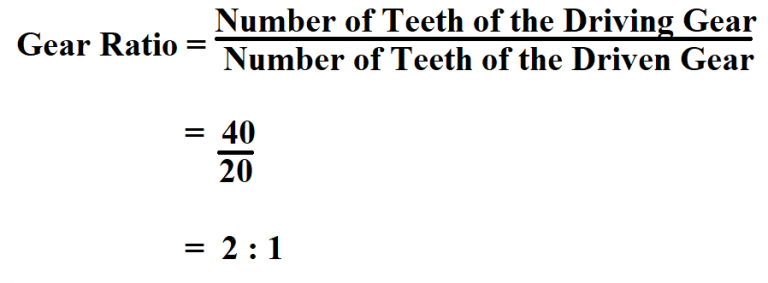
Another approach is to raise equity by issuing new shares or retaining more earnings rather than distributing them as dividends, which increases the equity portion of your capital structure. A firm’s gearing ratio should be compared with the ratios of other companies in the same industry. It is important to remember that financing a business through long-term debt is not necessarily a bad thing! Long-term debt is normally cheap, and it reduces the amount that shareholders have to invest in the business. The calculation suggests that the business has used loan proceeds to finance the purchase of the assets.
Gearing vs. Risk

Regulated entities typically have higher gearing ratios because they can operate with higher levels of debt. The gearing ratio is a measure of financial leverage that demonstrates the degree to which a firm’s operations are funded by equity capital versus debt financing. The gearing level is arrived at by expressing the capital with fixed return (cwfr) as a percentage of capital employed. A company whose cwfr is in excess of 60% of the total capital employed is said to be highly geared. The gearing ratio, or leverage ratio, assesses how much financial leverage a corporation has. By examining the percentage of debt and equity funding, it is used to evaluate the company’s long-term solvency.
Debt
Because the interest and capital repayments on debt must be made regardless of the company’s profits, whereas there is no obligation to make payments to equity. Debt financing allows a company to raise new capital to support its operations without affecting the ownership composition of the business. The ratio is usually converted into a percentage by multiplying the fraction by 100, because it makes it easier to express how much of a company’s equity would be required to pay off its debt.
What is your risk tolerance?
A gearing ratio is a financial ratio that compares some form of capital or owner equity to funds borrowed by the company. As such, the gearing ratio is one of the most popular methods of evaluating a company’s financial fitness. This article tells you everything you need to know about these ratios, including the best one to use.
However, leverage can have the opposite effect and amplify losses if the rate of return does not offset the financing costs of servicing the debt. Conversely, a low ratio denotes a less dependent financial structure on debt financing and is more prudent. It is widely accepted that a reasonable degree of gearing is preferable since it indicates a harmony between the utilization of debt and equity funding. Gearing refers to the relationship, or ratio, of a company’s debt-to-equity (D/E).
How to Calculate the Net Gearing Ratio
It offers insightful information on the ratio of equity to debt in a company’s capital structure. Debt financing is one way for a business to raise accounting software for mac money for growth and expansion. The amount of debt that a business can take on without endangering it is determined in part by gearing ratios.
- A mature business which produces strong and reliable cash flows can handle a much higher level of gearing than a business where the cash flows are unpredictable and uncertain.
- Overall, gearing is considered bad for the business from the financial analysis perspective.
- A higher equity ratio indicates that the business has better long-term solvency and is more stable.
- In this formula, “Total Debt” includes all of a company’s short-term and long-term liabilities, while “Total Equity” represents the shareholders’ equity.
Given the company’s propensity for loan defaults and bankruptcy, especially during recessions or times of high interest rates, this is frequently regarded as a high-risk situation. As a simple illustration, in order to fund its expansion, XYZ Corp. cannot sell additional shares to investors at a reasonable price. As shown by the table above, Walmart has reduced debt in its capital structure over the last five years, from 74% of the equity in 20X4 to just 60% of the equity in 20X8. This ratio is expressed as a percentage, which reflects how much of a company’s existing equity would be required to pay off its debt. Long-term debt includes loans, leases, or any other form of debt that requires payments at least a year out. Find out how to calculate a gearing ratio, what it’s used for, and its limitations.
On the other hand, if the borrowed funds are invested in initiatives that provide returns in excess of the cost of debt capital, then shareholders will enjoy increased returns on their equity. Similarly, if the company is highly geared and wants to reduce the gearing, the company can issue more shares and pay back the debt. If the company is lowly geared, it has a significant amount of resources obtained from equity finances. Gearing Ratios are metrics, and to calculate gearing ratios, different aspects of the company are included. They are compared with the other gearing ratios in the company to get an idea of the existing industry average. Financial leverage shows the degree to which the operations and the overall company if funded with equity financing versus debt financing.
Our work has been directly cited by organizations including Entrepreneur, Business Insider, Investopedia, Forbes, CNBC, and many others. Our goal is to deliver the most understandable and comprehensive explanations of financial topics using simple writing complemented by helpful graphics and animation videos. Our team of reviewers are established professionals with decades of experience in areas of personal finance and hold many advanced degrees and certifications.

